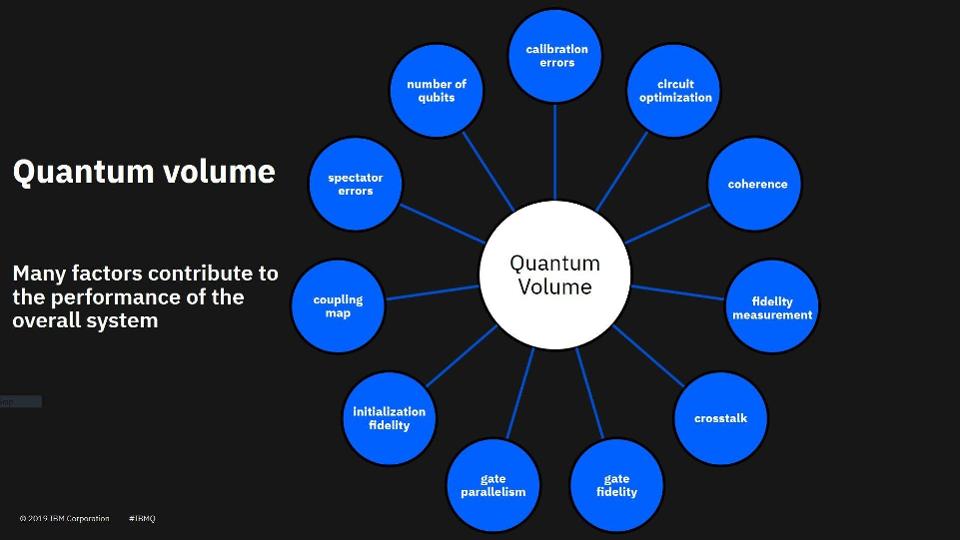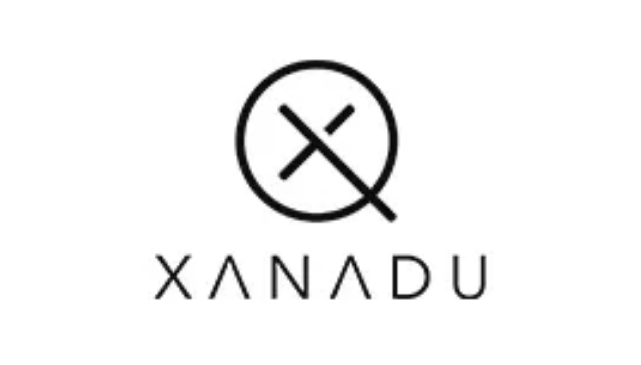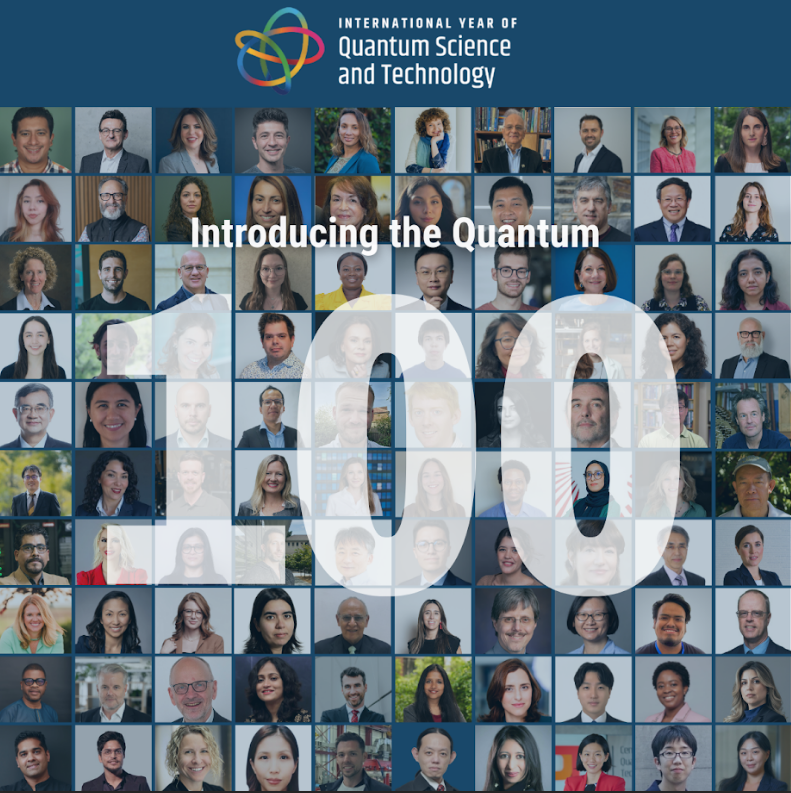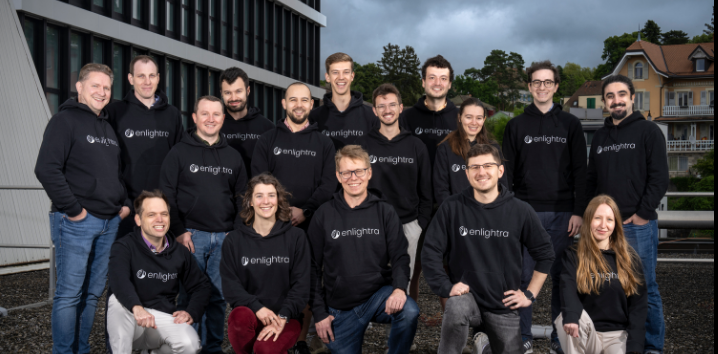
New Year, new quantum computing advances.
IBM said it now has a 28-qubit system, or about double the quantum volume of the company’s previous quantum computer systems, according to a post on the IBM Research Blog. The company also announced the upgrade to the system, which the team called “Raleigh.” at CES 2020.
“Last year we declared that in order to achieve quantum advantage within the next decade, we will need to at least double the Quantum Volume of our quantum computing systems every year,” the researchers write. “What better way to start 2020 than by announcing that we have added our fourth data point, a new 28-qubit backend, Raleigh, to our progress roadmap and achieved a system demonstrating Quantum Volume of 32.”
More Power, But More Than Just Power

This represents more than just doubling the power of the device, according to the researchers, it shows just how mature quantum technology is becoming.
“Our achievement of QV 32 is significant, not just because it is another point on the curve, but because it confirms that quantum systems have matured into a new phase in which developmental improvements will drive better and better experimental quantum computing platforms to enable serious research, and bridge toward Quantum Advantage,” the researchers added. “The past year marked a number of remarkable achievements where we, as a community, solidly emerged into a new phase where quantum computing as a commercial business is not so far-fetched.”
The researchers listed the fields’ achievements included: multiple traditional cloud providers working towards quantum computing services, multiple 50-qubit systems that push the limits of what can be simulated, multiple physical backend systems, including trapped-ions and superconducting qubits and published quantum research from leading-edge Fortune 500 previously ‘non-quantum’ companies.
“Material improvements to underlying physical hardware, such as increases in coherence times, reduction of device crosstalk, and software circuit compiler efficiency, can point to measurable progress in Quantum Volume, as long as all improvements happen at a similar pace.”
Quantum Volume is a way the researchers measure the performance of a quantum computer and refers to more than just the number of qubits.
“Quantum Volume (QV) is a hardware-agnostic metric that we defined to measure the performance of a real quantum computer,” the researchers write. “Each system we develop brings us along a path where complex problems will be more efficiently addressed by quantum computing; therefore, the need for system benchmarks is crucial, and simply counting qubits is not enough. As we have discussed in the past, Quantum Volume takes into account the number of qubits, connectivity, and gate and measurement errors. Material improvements to underlying physical hardware, such as increases in coherence times, reduction of device crosstalk, and software circuit compiler efficiency, can point to measurable progress in Quantum Volume, as long as all improvements happen at a similar pace.”
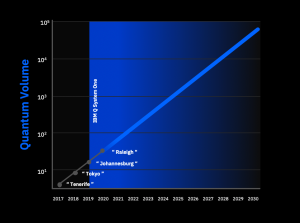
Future: Steady, Significant Progress
In the future, IBM researchers will see a tighter connection between quantum research and quantum systems development.
Through a well-defined roadmap, we can observe and track generational progress in usable systems, and escape the myopia of trying to measure progress through isolated qubit experiments or lab demonstrations for glossy journals,” the team writes. “While we were excited to see the improvements of our previous quantum systems along the roadmap, the path of our latest system reflects a new level of maturity.”
The team deployed their first 5-qubit system in 2016, then developed a family of 16-qubit systems, 20-qubit systems, and, most recently, the first 53-qubit system. Within these families of systems, roughly demarcated by the number of qubits.

